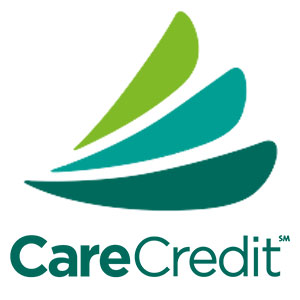What Are the Different Treatments for Spinal Stenosis?

August 2021
Treatments for spinal stenosis can range from exercise and over the counter NSAIDs to corticosteroid injections and nerve block injections. The types of treatment recommended for spinal stenosis is dependent on the severity of a patient’s pain and symptoms.
Spinal stenosis, a condition that’s incurable and primary effects people over the age of 50, can be alleviated or halted when significant lifestyle changes are adopted early. Patients who are just beginning to experience the effects of spinal stenosis can potentially achieve significant improvement by exercising and stretching.
What Is Spinal Stenosis and Who Gets It?
The spinal column – the narrow channel that cradles and protects the nerves running down your spine – can narrow over time. This narrowing can be caused by bone spurs or even osteoarthritis. Eventually the nerves in the spinal column can begin to be pinched, resulting in back or neck pain, muscle weakness, tingling or numbness.
Spinal stenosis most frequently occurs in the neck (cervical stenosis) or low back (lumbar stenosis). In extreme cases orthopaedic doctors might recommend surgery to create additional room in the spinal canal, but most patients rely on pain management techniques for relief.
How Does Exercise Help With Something Like Spinal Stenosis?
While it’s true you can’t exercise away bone spurs, exercise can alleviate some of the pressure that might be contributing to compression. Improved flexibility and stronger muscles in the back and core may help prevent muscle tightening that torques the spine and puts added pressure on an already narrowing spinal column.
Some exercises are better for certain types of spinal stenosis. For example, if you have lumbar stenosis, you’ll want to focus on exercises targeting low back muscles. Lumbar flexion exercises are intended to take pressure off spinal nerves, which is the ultimate goal when trying to alleviate spinal stenosis.
Lumbar Stenosis Exercises
As with many physical therapy and rehabilitation exercises, it’s best to start doing them with an experienced physical therapist. You want to make sure you’re performing spinal stenosis exercises safely and cutting exercises out of your routine if they don’t work for you.
Some spinal stenosis suffers experience increased pain symptoms after lumbar flexion exercises. It’s recommended you wait 60 seconds after performing the exercise to see if your symptoms abate. If the increased tingling or back and leg pain doesn’t go away after 60 seconds, that particular lumbar flexion exercise might not be best for you.
Double knee to chest stretch: This lumbar flexion exercise involves lying on your back with your knees bent and soles of your feet on the floor. Slowly bring your knees up from a bent position to your chest and grab them with your hands. Hold the position for two seconds and then release your knees back to a bent position.
Seated lumbar flexion: This seated alternative requires you to bend forward slowly to put the palms of your hands on the floor. Then you hold the fully bent position for two seconds before returning to an upright position.
Standing lumbar flexion: Bend forward from a standing position and try to touch your toes (or as close as you can get). Hold that position for two seconds before standing up straight.
A physical therapist might also recommend various core strengthening and hip strengthening exercises, as both can help your muscles better support your spine. Pelvic lifts are commonly recommended since they exercise both abdominal and hip muscles.
Various cardio exercises are also good for spinal stenosis. The problem for many people with spinal stenosis is their pain makes exercising difficult. It’s often necessary for patients to slowly build up their aerobic fitness to the level where they can get back to walking, biking or swimming.
Restoring mobility to the point where you can begin to make meaningful progress on fitness isn’t always easy. That’s one of the reasons patients dealing with spinal stenosis frequently benefit from combining corticosteroid or nerve block injections with professional physical therapy. This combination of treatments may help you develop a foundation from which you can make your own progress toward managing spinal stenosis pain.
Don’t Struggle With Spinal Stenosis on Your Own
Like with many back pain conditions, spinal stenosis might be difficult to manage on your own.
Medical intervention isn’t always necessary, especially if you’re still healthy and flexible enough to manage pain with NSAIDs and perform your own abdominal and hip muscle exercises. If that’s not cutting it, don’t hesitate to call the team at Non-Surgical Orthopaedics.
We provide exceptional diagnostic services to identify the source of your pain. Our pain management specialists also partner with skilled physical therapists in the Marietta and Carrolton area to offer comprehensive spinal stenosis treatment solutions.
Call us at 770-421-1420 to schedule your appointment today.






